
COVID-19: international arrivals capacity limits return to normal on 15 February
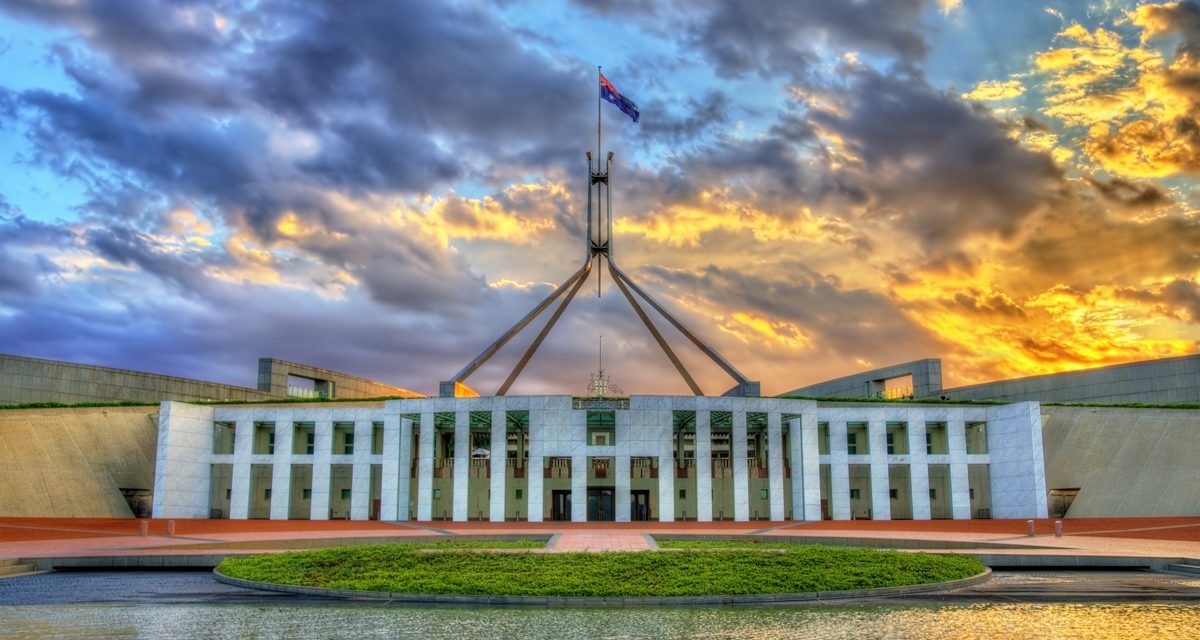
After National Cabinet met today, Australian Prime Minister Scott Morrison announced that capacity limits on international passenger arrivals would return to their previous early January 2021 levels in most states except Western Australia. In some states, capacity actually increases marginally.
The government is also looking at increasing the capacity of the Northern Territory Howards Springs quarantine facility just outside of Darwin.
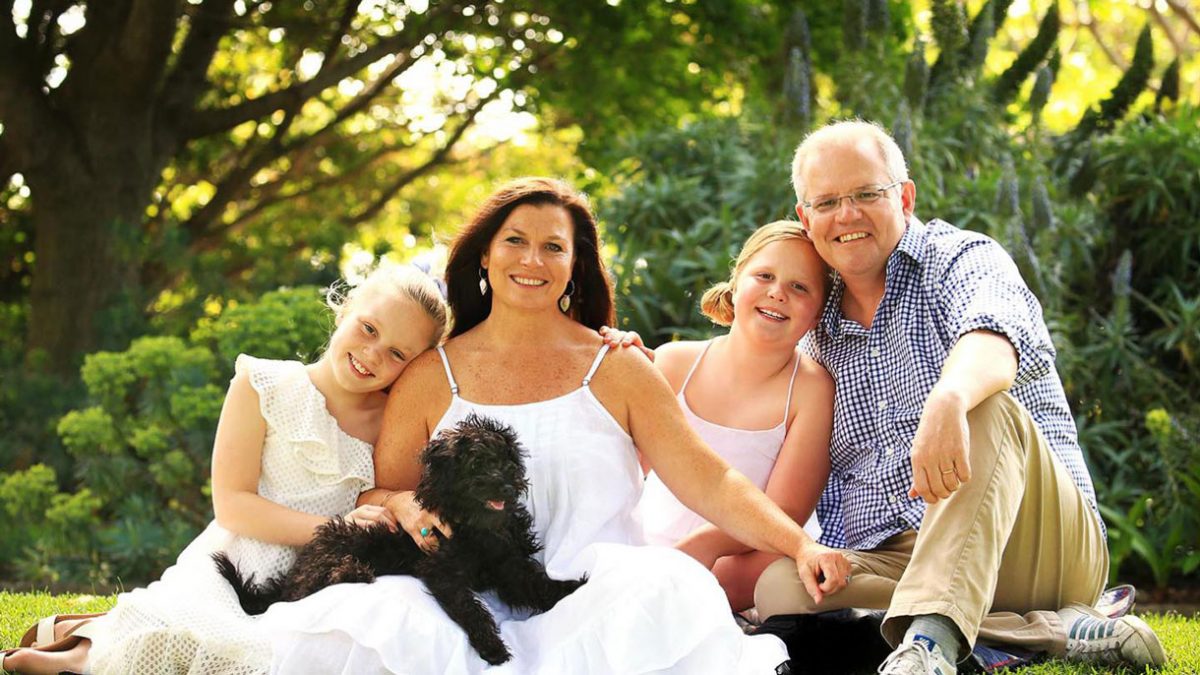
Content of this Post:
Background
The number of international travellers allowed to fly into NSW, Queensland and Western Australia was halved in January as a response to the new strain of the virus from the United Kingdom which started showing up in Australian quarantine hotels.
They are set to be returned to their early January settings on Monday 15 February – in 10 days time.
South Australia and Victoria have marginally increased their numbers by 40 and 200 people respectively – see table below.
In addition, there are also repatriation flights that house their arrivals at Howard Springs, Canberra and Hobart, and these do not count under the announced capacity limitations.
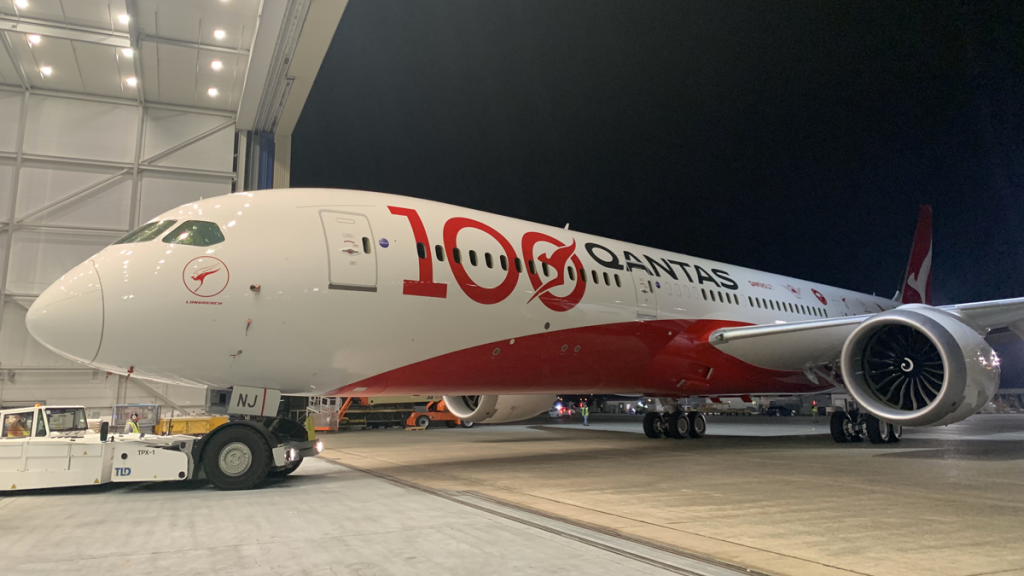
More repatriation capacity at Howard Springs
Howard Springs is expected to increase its capacity from the current 850 to more than 1,700. This capacity increase will assist in the repatriation of more Australians from across the world.
Historical able of states capacity restrictions
| State | 15 January | Now | 15 February |
|---|---|---|---|
| NSW | 3,010 | 1,505 | 3,010 |
| VIC | 1,120 | 1,120 | 1,310 |
| Qld | 1,000 | 500 | 1,000 |
| SA | 490 | 490 | 530 |
| WA | 1,025 | 512 | 512 |
| Total | 3,635 | 2,622 | 3,352 |
Other quarantine facilities
The Prime Minister did not announce any further quarantine facilities like those foreshadowed by the Queensland government in Toowoomba and elsewhere. He announced that there were continuing investigations of these proposals.
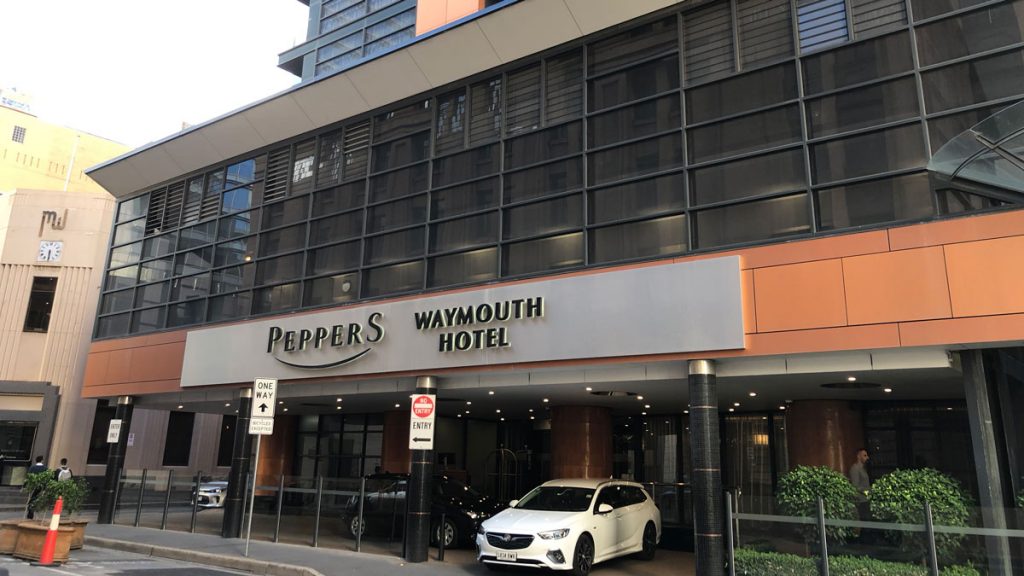
2PAXfly Takeout
This is another timely reminder to wear your seatbelt when seated. Holding you close to your seat will protect you from the sort of injuries sustained on this flight, when unsecured passengers flew to the ceiling of the aircraft, and then came crashing down once the ‘drop’ ceased.
The hope will be that this is an anomaly – a ‘freak accident’ in casual parlance. If it is a systemic error either mechanical or electronic, then this is a larger concern for the airlines that fly Boeing Dreamliner 787 aircraft. Let’s hope it isn’t. If it is, it will pile on the woes to Boeing’s existing stack.
It’s good to see these capacity limits return to their previous levels. Increasing capacity at Howard Springs is also good news, as it should lead to a lot more Australians being repatriated from overseas.
I’m also happy to hear that more non-hotel quarantine options are being explored, although I cannot see how they can solve some of the logistic problems. Home and voluntary quarantine have obvious and well-demonstrated flaws. The main issue with remote facilities is they are remote from hospitals, health facilities and a pool of staff and necessary provisions.
I can see the sense in upgrading and increasing a ‘central’ facility like Howard Springs to be used by the whole country, but I can’t see much of an upside to having remote facilities dotted around the country.
On the other hand, it is necessary to sort out the problems with transmission within quarantine hotels. That might mean a combination of closer supervision and training, better PPE, and choosing hotels that have appropriate airconditioning systems. The upside of hotel usage is that it keeps that aspect of the travel industry buoyant at a time where hotels are really feeling the pinch from a lack of overseas patrons.
Bring down some more of the state border restrictions, I say! Oddly, I am still a strong supporter of our international border restrictions, despite its devastating effect on my travel plans!

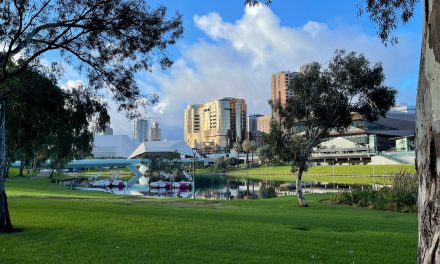
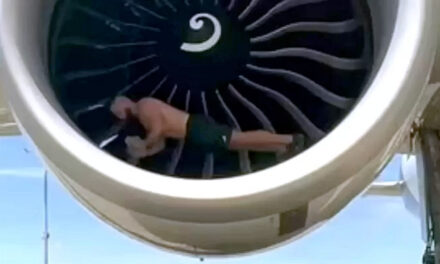
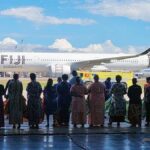

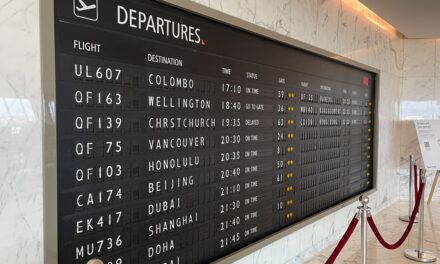
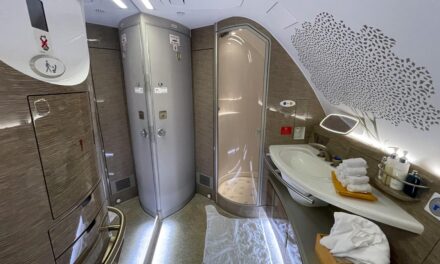

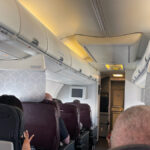


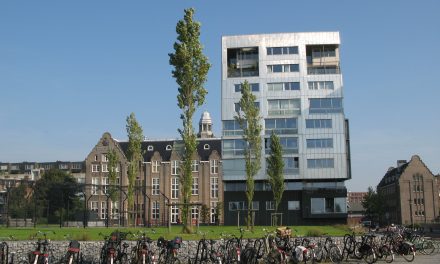
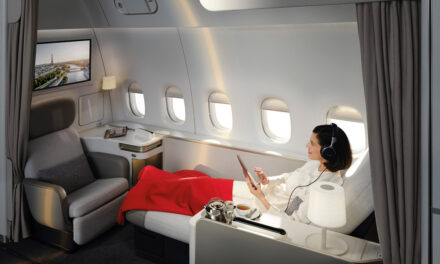
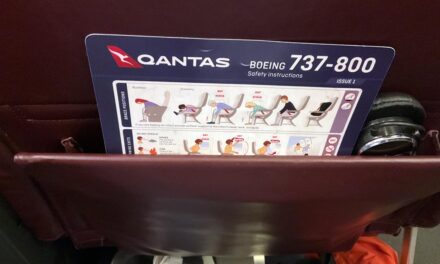
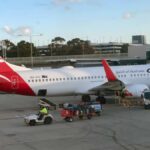

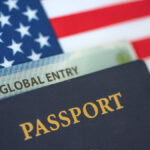
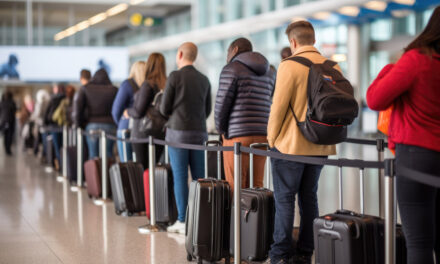
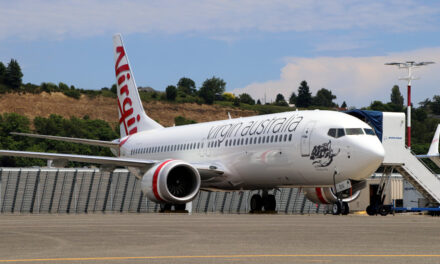
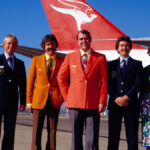
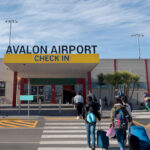


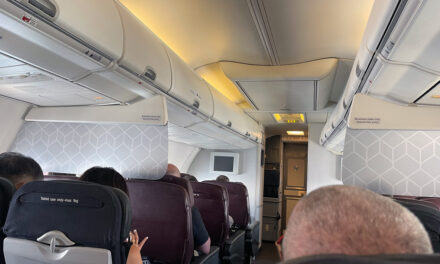


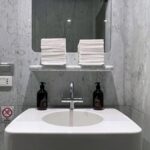

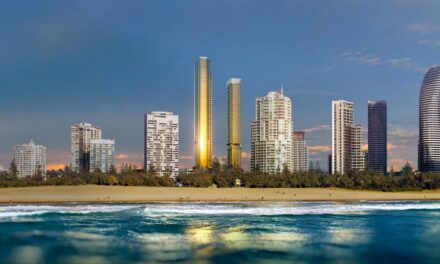


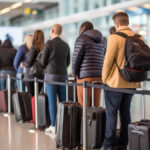



What did you say?